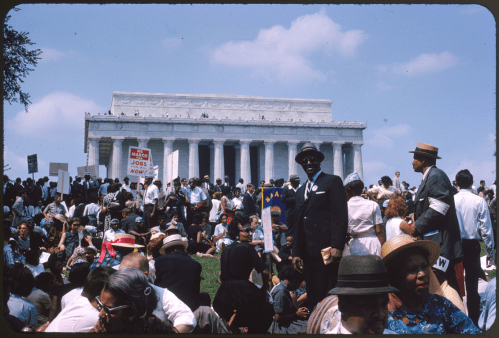In Unpacked, Brookings experts provide analysis of Trump administration policies and news.
THE ISSUE: The Department of Homeland Security (DHS) recently issued new guidelines for how to implement the Trump administration’s executive order on immigration, greatly broadening the criteria for deporting unauthorized immigrants. These immigration guidelines will have a profound impact on the composition, economy, and law enforcement of cities.
The new DHS guidelines broaden priority populations for deportation, arguably extending to all 11 million estimated unauthorized immigrants living in the United States.
THE THINGS YOU NEED TO KNOW:
- On February 20, 2017, the Department of Homeland Security (DHS) published guidelines for how to implement President Trump’s executive orders on immigration.
- The guidelines greatly broaden the criteria for unauthorized immigrants eligible for deportation from the United States.
- Under President Obama, DHS focused its agency’s enforcement resources on unauthorized immigrants that were convicted of serious crimes.
- President Obama deported over two million unauthorized immigrants, more than any other U.S. president.
- The new DHS guidelines broaden priority populations for deportation, arguably extending to all 11 million estimated unauthorized immigrants living in the U.S.
- While President Trump links illegal immigrants to increased crime, evidence suggests that both illegal immigration and crime have actually been trending downward in recent years.
- Research shows that immigrants are less likely to engage in criminal activity than native-born Americans.
- The Pew Research Center estimates that more than 60 percent of unauthorized immigrants in the United States live in just 20 metropolitan areas, and unauthorized immigrants are important contributors to these urban economies.
- Unauthorized immigrants account for between 20 and 30 percent of all housecleaners, construction workers, dishwashers, and groundskeepers nationwide, and those percentages are likely much higher in big cities, where immigrant populations are concentrated.
- The new immigration measures rely on cities to step up enforcement by training and deputizing local law enforcement to serve as federal immigration agents.
- DHS has announced that it will hire 10,000 new immigration enforcement agents in the coming year to conduct raids and sweeps in big cities.
- Some cities have already refused to cooperate with the federal government on the new immigration measures, publicly labeling themselves as “sanctuary cities.”
- Immigrants that have been hoping for a legal path to citizenship are likely to go into the shadows in response to these guidelines, to the long-term detriment of the cities and communities in which they live.



Commentary
Homeland security memos on immigration enforcement
February 24, 2017